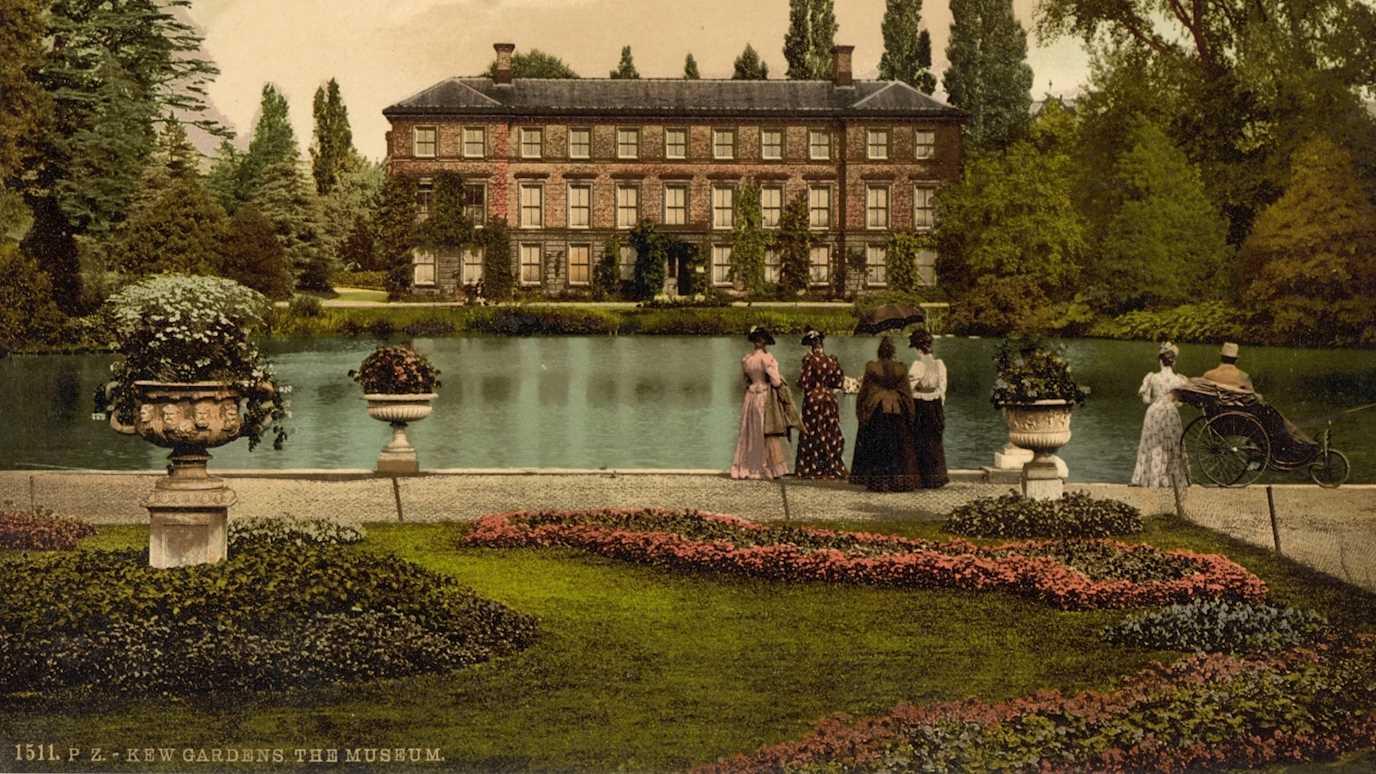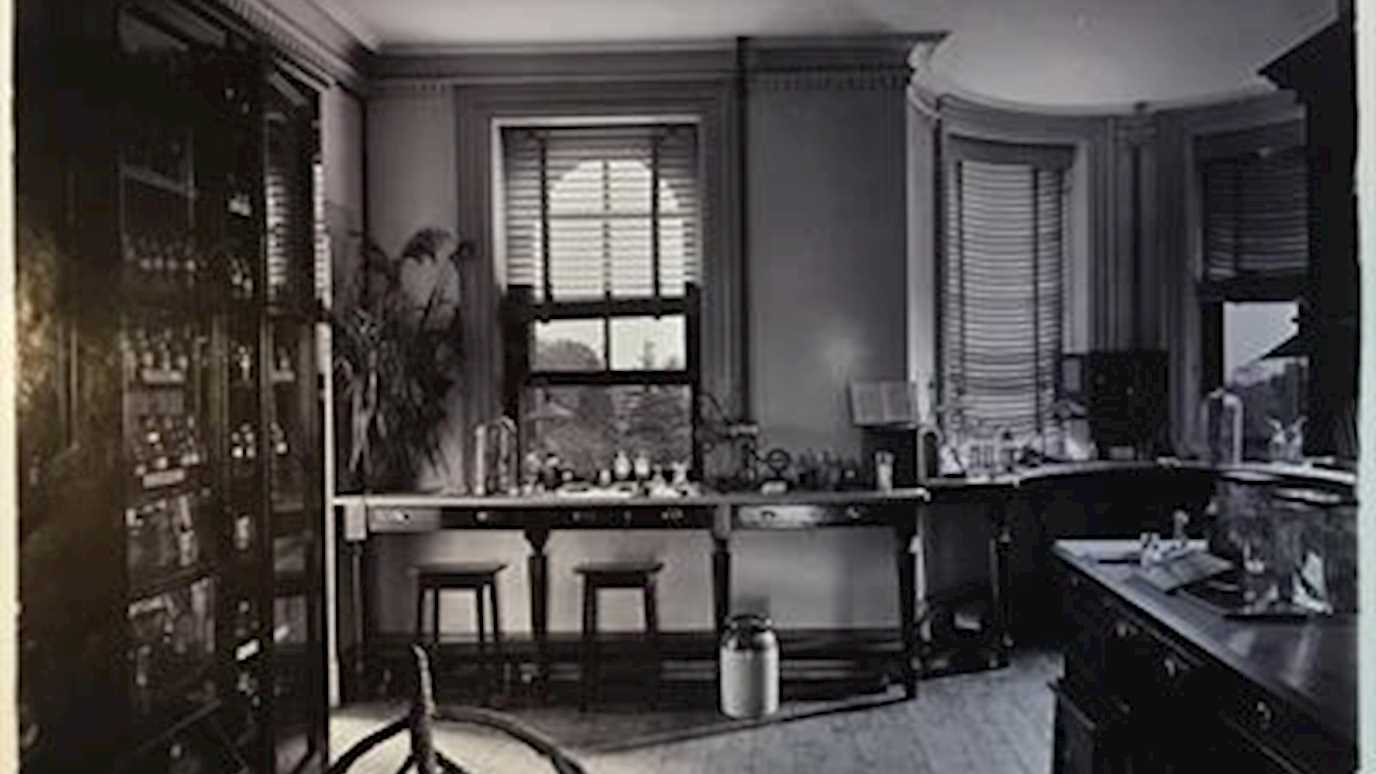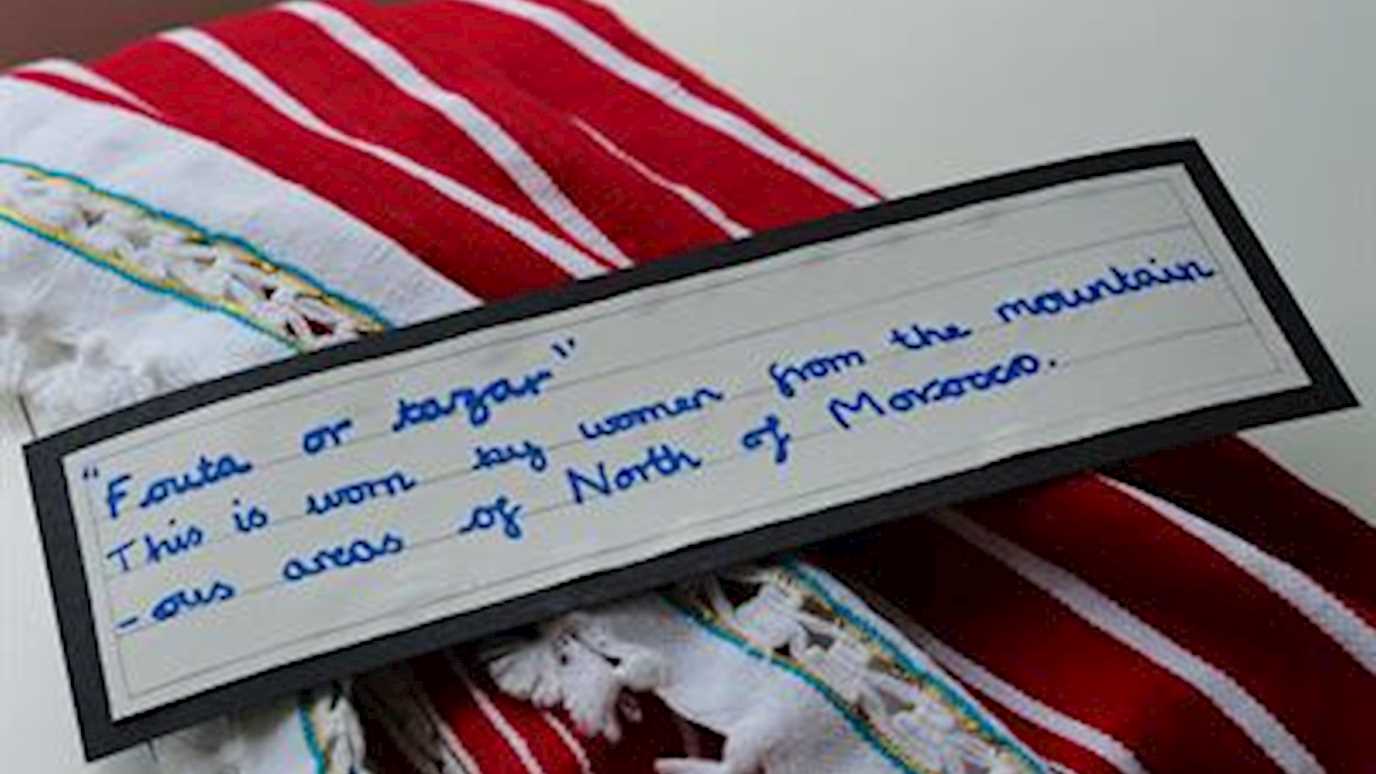Posted on 14/03/2017 by Beth Wilkey, Project Officer
We started our three year project in January and have spent the last few weeks getting stuck into research and data gathering, as well as setting up our project website and Twitter account.
Our first tasks
In an age of empire, Kew was a critical centre of plant exchange, receiving specimens from all over the world.
Kew transferred much of what it received to other institutions and individuals worldwide. That material is the focus of our project, specifically objects
transferred from the Economic Botany Collection, originally housed in Kew’s Museum.
Our early tasks involve getting a good set of data on what left the Kew Museum in the 19th and 20th century, and for that, we need to look at the documents held here in the Kew archive.
From 1881 to the present day we have 'Museum Exit Books’ which record each transfer of specimens and artefacts, supplying an itemised list. You can see what these books look like in the image to the right – the handwriting legibility varies!
For the next few months we will be transcribing these books to form our initial set of data.
Caroline’s first task is a little more complicated – there was roughly a 40 year period between the first Museum of Economic Botany opening at Kew, and the exit books beginning, so we have some ‘lost years’. Caroline is currently exploring Kew archives to find out what can be discovered about transfers during this time – reading Annual Reports and Directors’ correspondence. This involves a lot of detective work!
Economic botany or biocultural collections?
You’ll be reading both these terms if you follow this project. ‘Economic botany’ essentially means the study of 'useful plants' and was widely understood as a distinct subject in the period 1850-1950. Economic botany collections filled their own museums worldwide as well as galleries in civic or industrial museums. Such collections of useful plants (e.g. fibres, rubber, medicines, wood) have often been absorbed into wider collections of natural history or world cultures.
These collections transcend science and culture and broad themes are united in individual objects. In this way, the collections are considered ‘biocultural’. We’ll be exploring this classification further in future news updates.
We hope you enjoy reading about the project!
Beth Wilkey, Project Officer
























